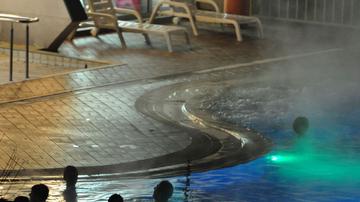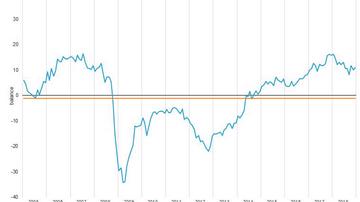
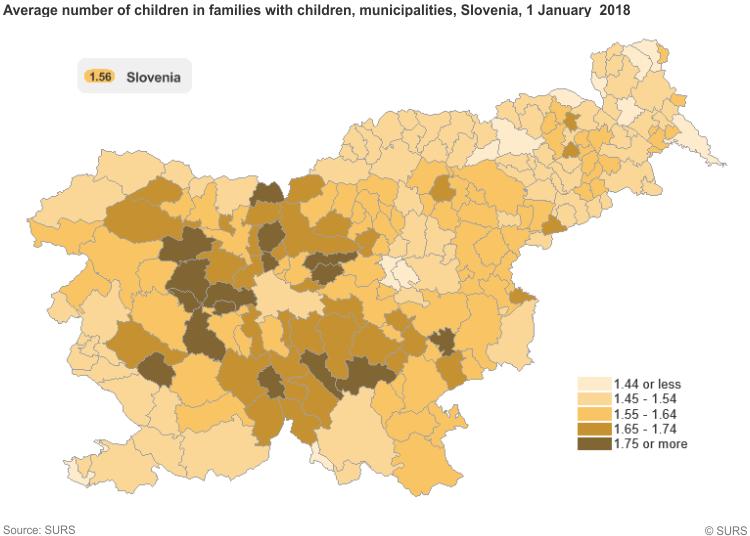

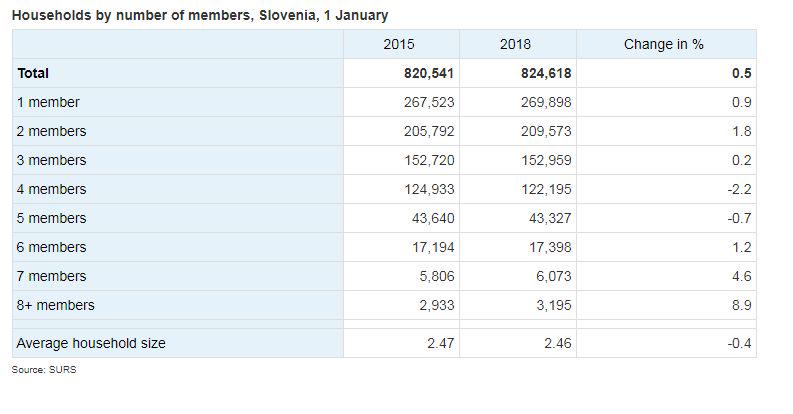
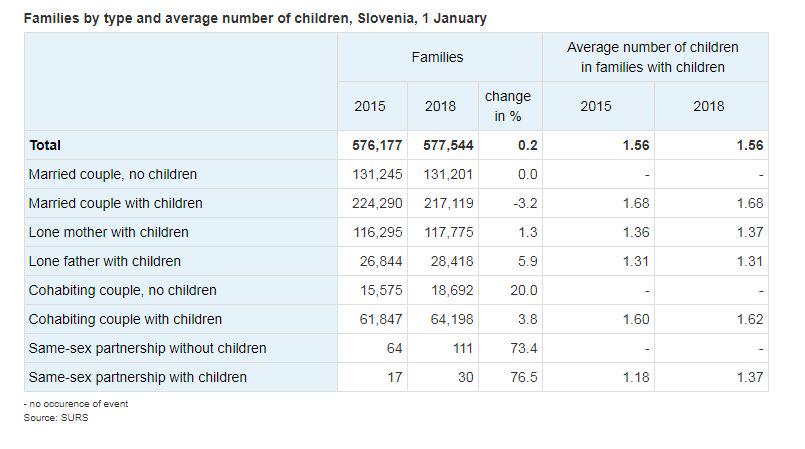
On 1 January 2018, 2% of the population lived in institutional households
On 1 January 2018, 2,028,084 persons (98.1% of the population) lived in 824,618 (private) households in Slovenia, the same share as three years before. The number of institutional households increased from 435 to 497, while the number of residents (35,439) didn’t change much. Most of the persons in institutional households were living in old people’s homes (18,000), followed by the residences for students (10,700) and welfare institutions for children, youth and elderly persons (4,400). The remaining 3,357 persons (including homeless people) were living in 80 other households.
Household size did not change much
Three years are a relatively short period for changes in household structure but the trend of less numerous households has continued (from 2.47 to 2.46 household members). The main reason is decrease in the number of four-member households in which a quarter of Slovenian population lives. On the other hand, there were more households with seven or more members (by 529) but they represent only 3.4% of the total population.
In three years the number of consensual unions without children increased by 20%
Even though the married couple families with children are still the most common (217,000 in Slovenia on 1 January 2018), their number has been decreasing a lot since 1981 when 331,000 such families were recorded and they represented two thirds of all families. There were 9,300 young families (both husband and wife or cohabiting partners are under 30 years of age). Two thirds of young families were with at least one child (on average 1.36 children per family with children). The young married couple families exceed the young cohabiting couple families by 200 only.
The share of births outside marriage has been constant since 2010 between 55% and 58% and consequently the consensual unions are the most rapidly developing family type in absolute terms (increase by 5,500) as well as in relative terms (increase by 7.1%) since 1 January 2015. The consensual unions represent 14.4% of all families in Slovenia. At the 1981 Census, when for the first time data on consensual unions were collected, around 10,000 consensual unions were recorded (2% of all families).
The number of lone parent families has not changed dramatically since 1 January 2011 when a new household and family methodology was introduced. Lone parent families still represent a quarter of families. But the ratio between lone mother and lone father families has changed by increasing the number of lone father families, which now represent 20% of lone parent families. 68% of lone mothers and 73% of lone fathers lived with one child only. A lone father with one child is on average 55 and a half years old (and the child 25 years), while a lone mother with one child is 56 years old (and the child 28 years).
668,000 children are living in families
One in three inhabitants of Slovenia is a child according to the family status. On 1 January 2018 an average family in Slovenia had 1.16 children (1.56 children if we take into account only families with children; they represent three quarters of all families). The number of children per family was the lowest in municipalities Šalovci (1.38) and Lendava/Lendva (1.39) and the highest in municipalities Železniki (1.86 children per family) and Gorenja vas – Poljane (1.99).
Most families had only one child (55%), followed by families with two children (36%). On average, most children (1.68) lived in married couple families, and their mean age (19.1 years) is increasing (three years ago it was 18.3 years). The youngest children (10.7 years) lived in consensual union couple families.
Some interesting facts
- Five generations in the same household were recorded for the first time (three households).
- There were 1,502 households with four successive generations of which 88 with four members (each member belongs to a different generation).
- There were 15 families with 10 or more children.
- 26 children are aged 75 years or more and they all live in lone parent families.
- The oldest children living with both parents are 71 years old.
- Women living alone are on average 65 years old and are 13 years older than men living alone.
- The average age difference between the first and second child in the families with two children was 4 years and 1 month, while in the families with five children it was much lower (2 and a half years).





















































